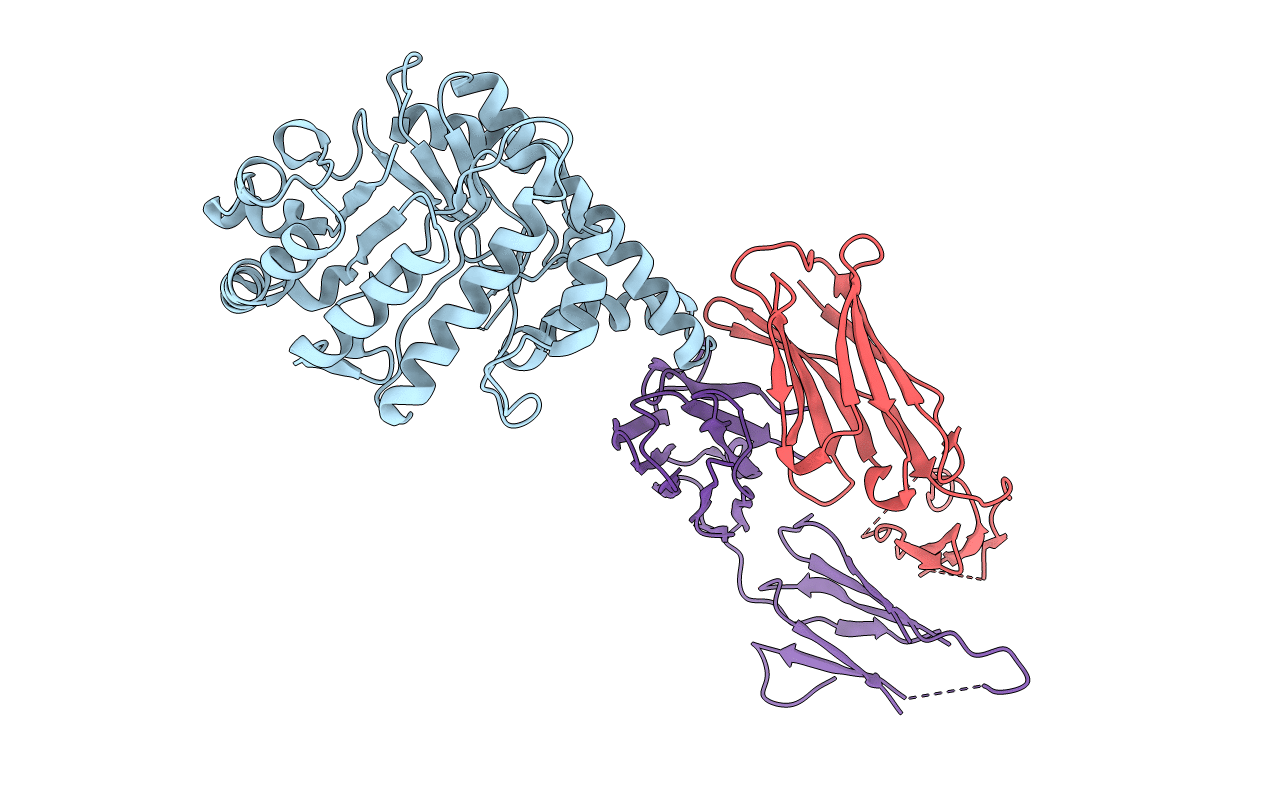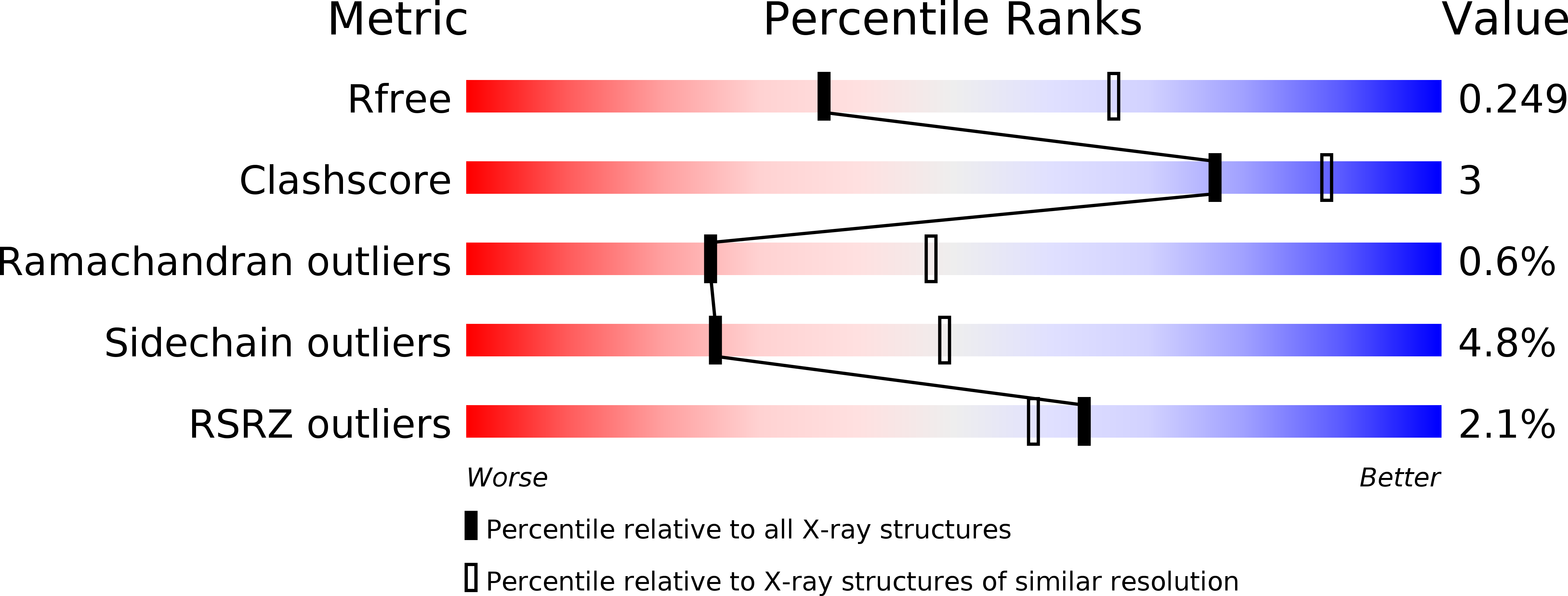
Deposition Date
2006-10-23
Release Date
2007-04-03
Last Version Date
2024-10-09
Entry Detail
Biological Source:
Source Organism:
APIS MELLIFERA (Taxon ID: 7460)
MUS MUSCULUS (Taxon ID: 10090)
MUS MUSCULUS (Taxon ID: 10090)
Host Organism:
Method Details:
Experimental Method:
Resolution:
2.60 Å
R-Value Free:
0.24
R-Value Work:
0.21
R-Value Observed:
0.21
Space Group:
C 1 2 1


